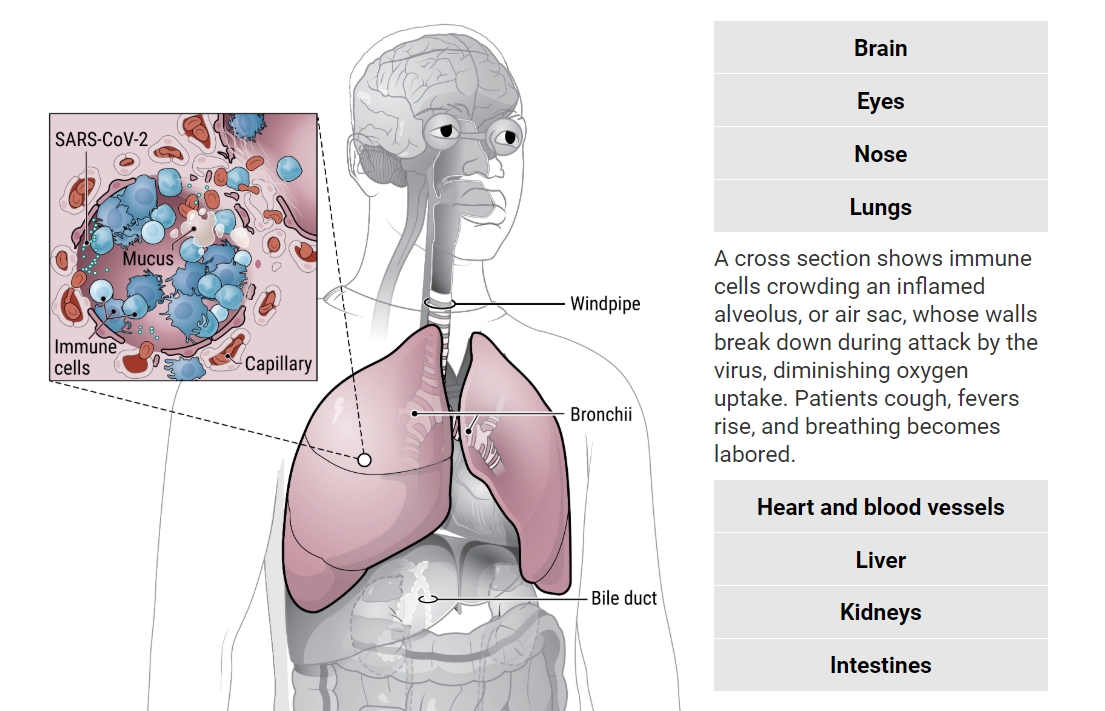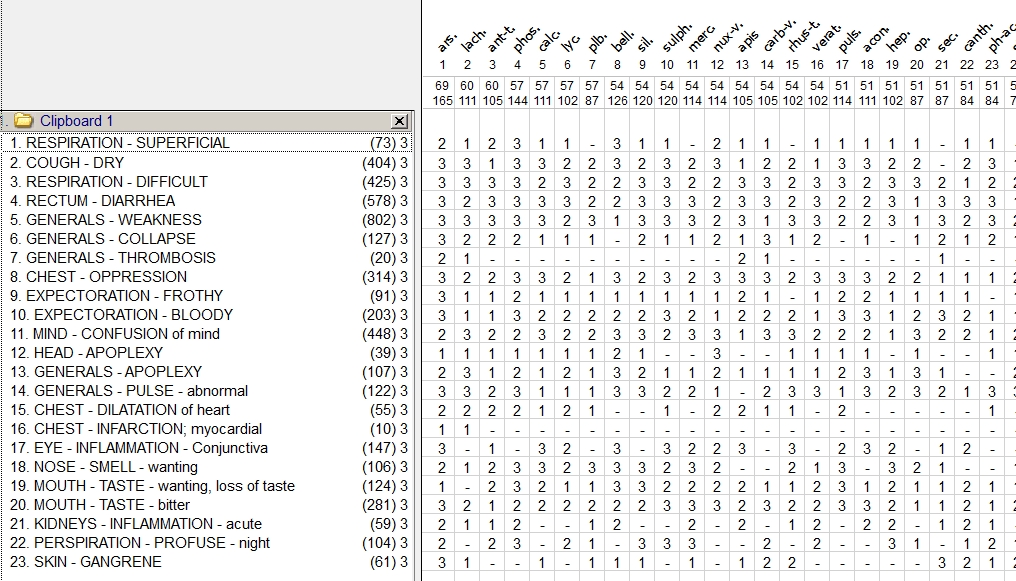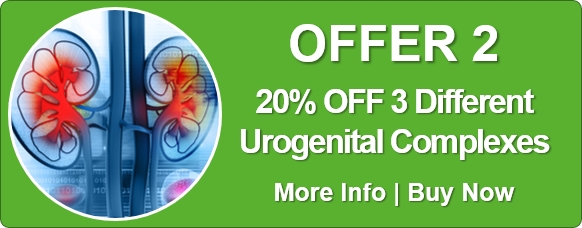COVID Chronicles: Which Remedy?

Remedies, Remedies, Everywhere!
In the search for a COVID-19 preventative and treatment, it only takes a quick look on the internet to see a number of homeopathic remedies have been suggested.
Arsenicum, for example, is recommended by the AYUSH branch of the Indian government, Camphora and Phosphorus by doctors treating COVID-19 patients in Iran, Coca because COVID-19 symptoms look a lot like the those of high-altitude sickness, and the combination remedy PrevengHo®Vir by the Cuban government because of its effectiveness during the Influenza A (H1N1) epidemic.
Numerous other remedies such as Gelsemium sempervirens, Carbo vegetabilis, and Phosphoricum acidum have also been recommended.
With so much homeopathic information on offer, what should we pay attention to?
That information which shows a clear relationship between remedy and symptoms at the time the person presents for treatment.
How Homeopathy Works
Homeopathy is a symptom-based approach to treatment.
It treats the presenting symptoms of an individual rather than the masses according to their named disease.
The underpinning tenet of homeopathy is that there has to be a symptom-similarity between disease and remedy before a self-healing response from the body can be stimulated.
Explained differently, the remedy has to mimic or duplicate the symptoms of the unwell person before a ‘like treats like’ reaction takes place.
(A more detailed explanation of homeopathy and its treatment effects is available in the tutorial section of this website.)
Knowing this, and knowing that COVID-19 produces different symptoms at different stages in different people, it becomes clear that one remedy won’t suit all.
Any one from a number of potential remedies may be needed depending on what symptoms are present when treatment is sought.
COVID-19 Symptoms
Our understanding of the SARS-CoV-2 virus, and the nature of the COVID-19 disease produced by it, is still increasing but it is now clear that we are looking at much more than just a respiratory virus.
As well as the lungs, SARS-CoV-2 has the ability to affect other organs, especially those rich in ACE2 receptors.
These include the brain, eyes, heart and blood vessels, liver, kidneys, intestines, as well as the back of the nose and the base of the lungs.
This multi-organ effect produces a diverse range of mild to serious symptoms, not all of which wil be experienced at the same time or by the same person: fever; night sweats; dry cough; frothy pink mucus; chest heaviness; difficulty in breathing; thromboses and emboli (clots); brain inflammation and injury; stroke; seizures; confusion; discolouration of fingers and toes; heart arrhythmia (irregular pulse); heart inflammation and swelling; cardiac arrest; depression; weakness and collapse; headache; body aches and pains; loss of smell and taste; bitterness of taste; abdominal pain and diarrhoea; kidney injury and failure, and conjunctivitis (pinkeye).
That’s an extensive list of symptoms.
With homeopathy being a symptom-based approach to treatment, it explains why so many remedies have been suggested.
(For a breakdown of medical information on this virus, see: How does coronavirus kill? Clinicians trace a ferocious rampage through the body, from brain to toes.)
 Remedies for Symptoms
Remedies for Symptoms
While homeopaths typically choose remedies for individuals and their unique symptom profiles, a small group of remedies, especially when an infectious or epidemic disease is involved, always emerge as being better than others.
The following reportorial chart, which lists key COVID-19 symptoms – and corresponding remedies for those symptoms – provides an example of how these likely remedies are identified.

Potential COVID-19 symptoms are listed on the left-hand side of the chart while matching remedies are displayed on the top of the right-hand side.
The numbers under each remedy indicate how strongly that remedy relates to each symptom – 1 indicating a minor relationship while 3 indicates a strong relationship.
From the homeopathic perspective this type of chart is a start to exploring possible remedies but further information is needed if the best indicated remedies are to rise to emerge for consideration.
For example, homeopathic prescriptions are also based on: the context in which the symptom occurs; the location, sensation and nature of each symptom; factors which either improve or worsen the symptom, and the person’s behaviour and reaction during the symptom.
That sort of information is not available from current medical reports. Patient access is needed.
When Will Information Become Clearer?
At the moment, isolation measures and ICU requirements mean that COVID-19 treatment has largely been in the hands of orthodox medicine.
Homeopaths, medical or not, have had little opportunity to assess those infected.
If orthodox medicine were to opt for better collaboration with homeopaths it would be possible to quickly and safely test for the sake of humanity which remedies produce the best results for various symptom-sets, and at the least disruption.
Hopefully that information will soon emerge from countries such as Cuba and India where greater governmental support for homeopathy exists and trials are being conducted.
In the meantime, the opportunity for safe treatment and prevention of many diseases still sits within the hands of everyday people. Viva la homeopathy!
Related Information
Have Two Homeopathic Doctors Identified a Treatment and Preventative Remedy for COVID-19?
Homeoprophylaxis: Human Records, Studies and Trials
India Uses Homeopathy for Epidemics
Cuba Uses Homeopathy for COVID-19
COVID-19: Is It Like Mountain Sickness?
COVID Chronicles: Which Remedy?
Homeopathic Remedies for Pneumonia-Related Symptoms
Q. Will the Coronavirus Nosode Help with COVID-19?







